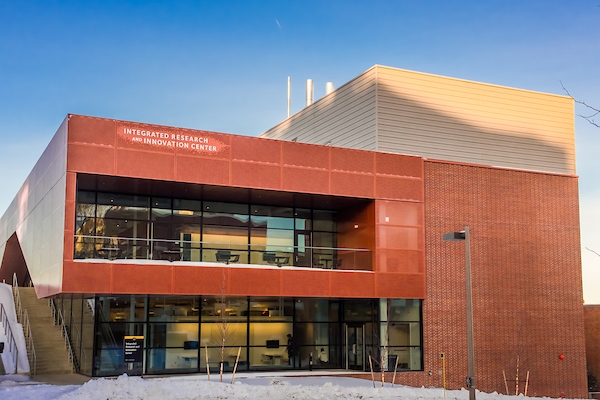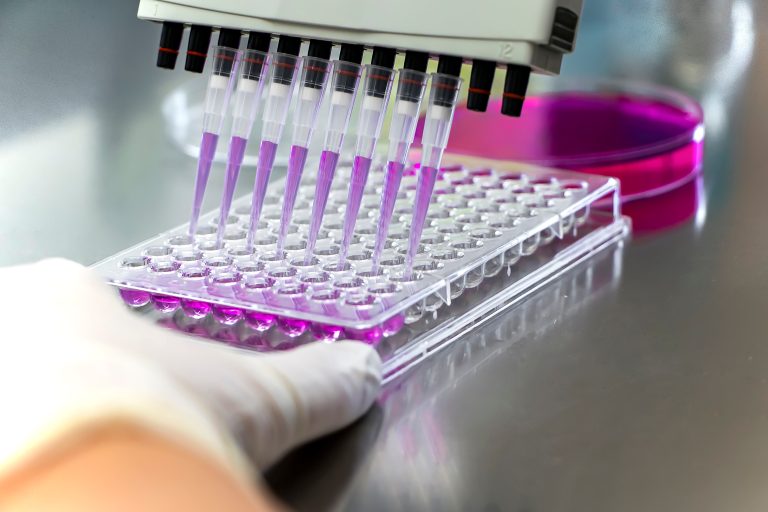College of Science Faculty Publish Ground-Breaking Study on Darwinian Genetic Evolution
College of Science faculty Jessica Lee, Siavash Riazi, Shahla Nemati, Jannell Bazurto, Andreas Vasdekis, Benjamin Ridenhour, Christopher Remien and Christopher Marx had a paper published in PLOS Genetics. In their research, they uncovered that genetically identical cells can be phenomenally different in their ability to survive stress, and thus selection acts upon the distributions of…







